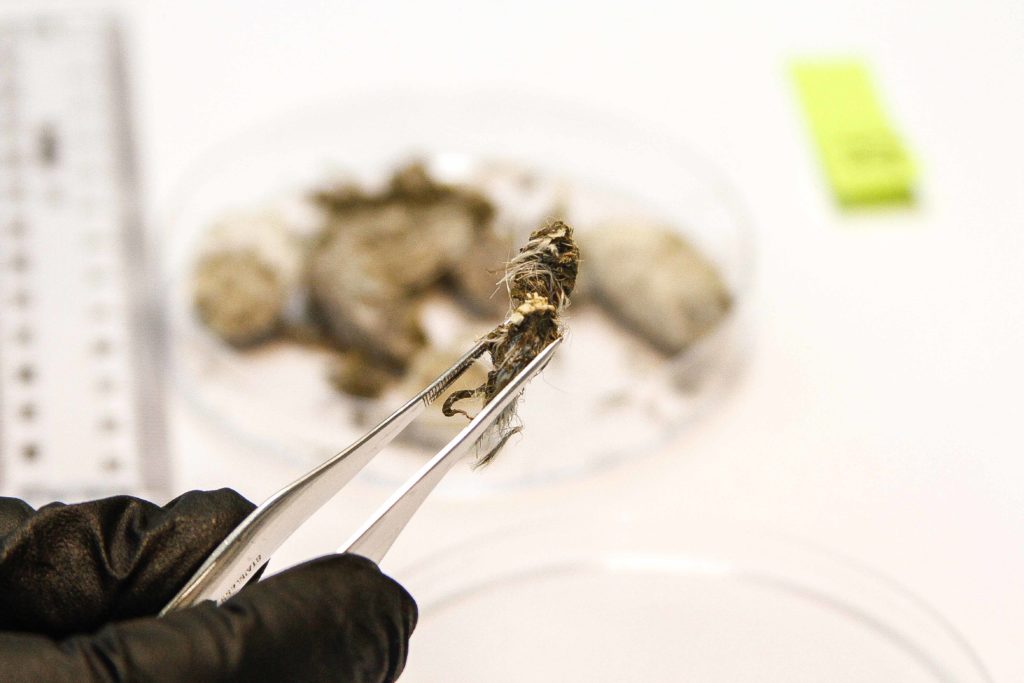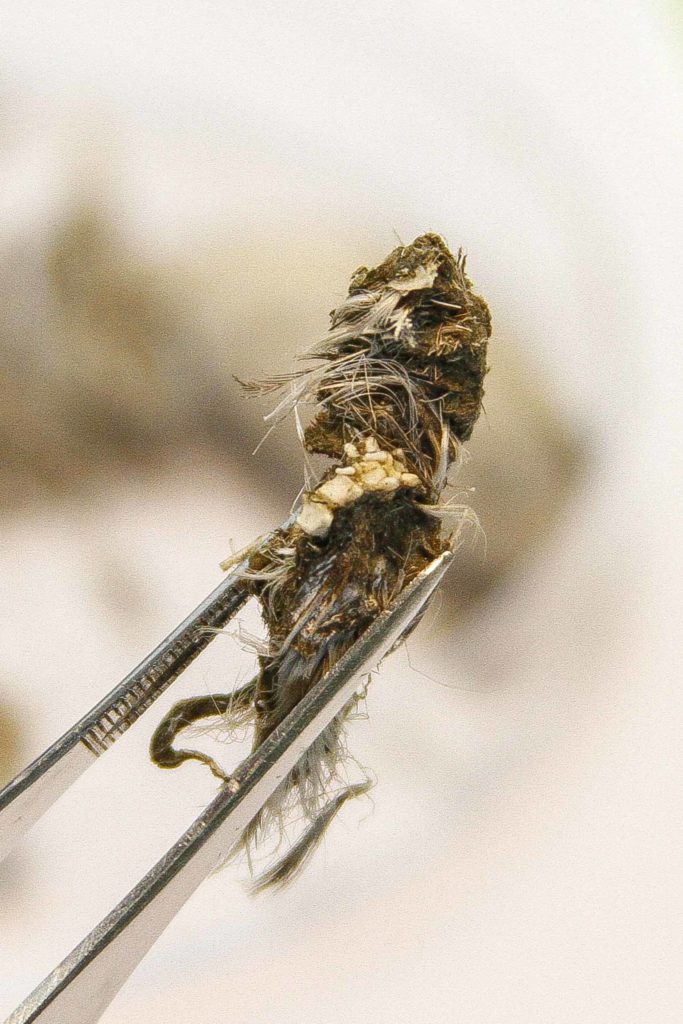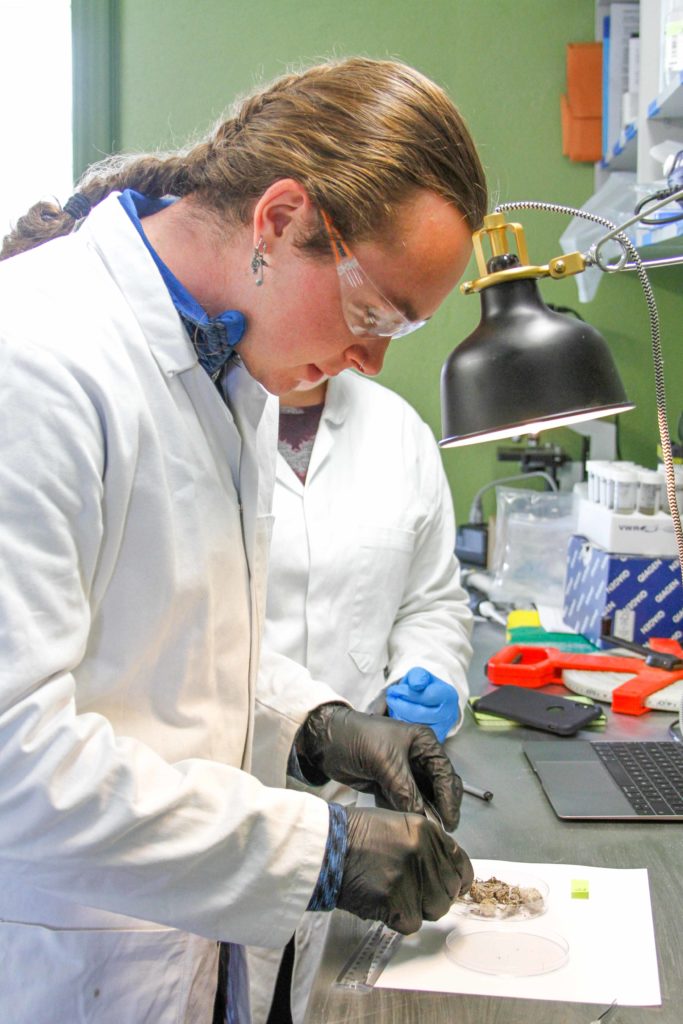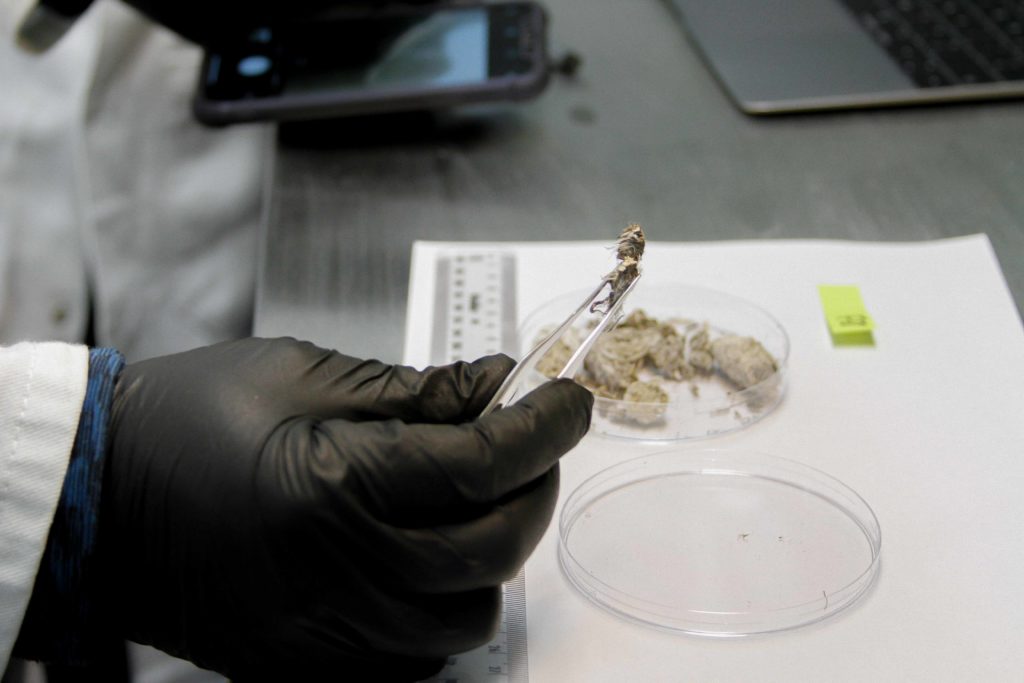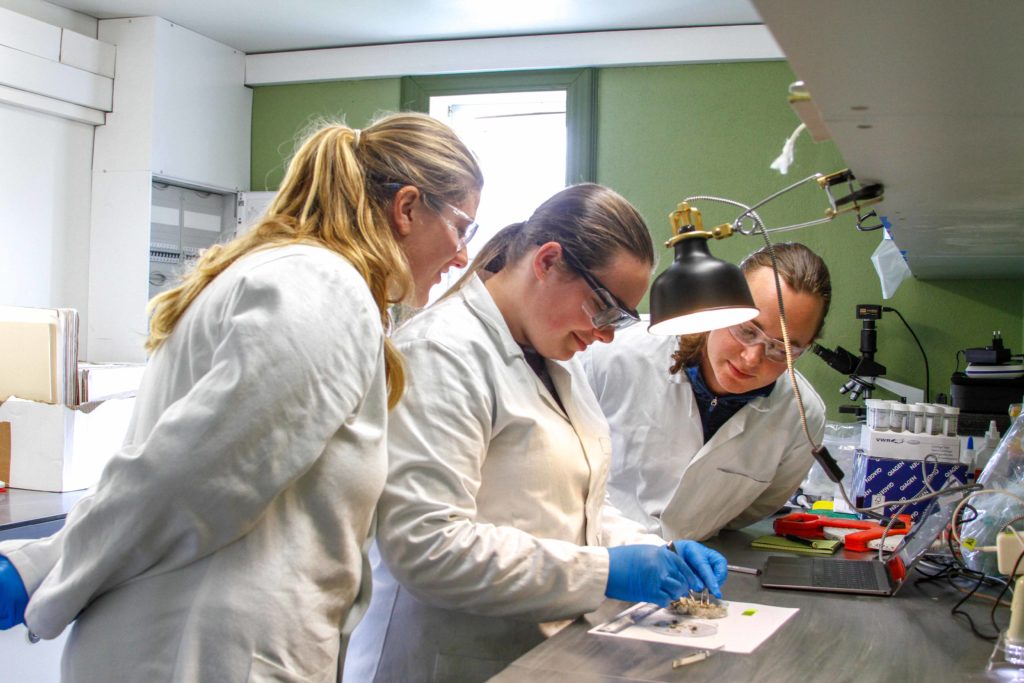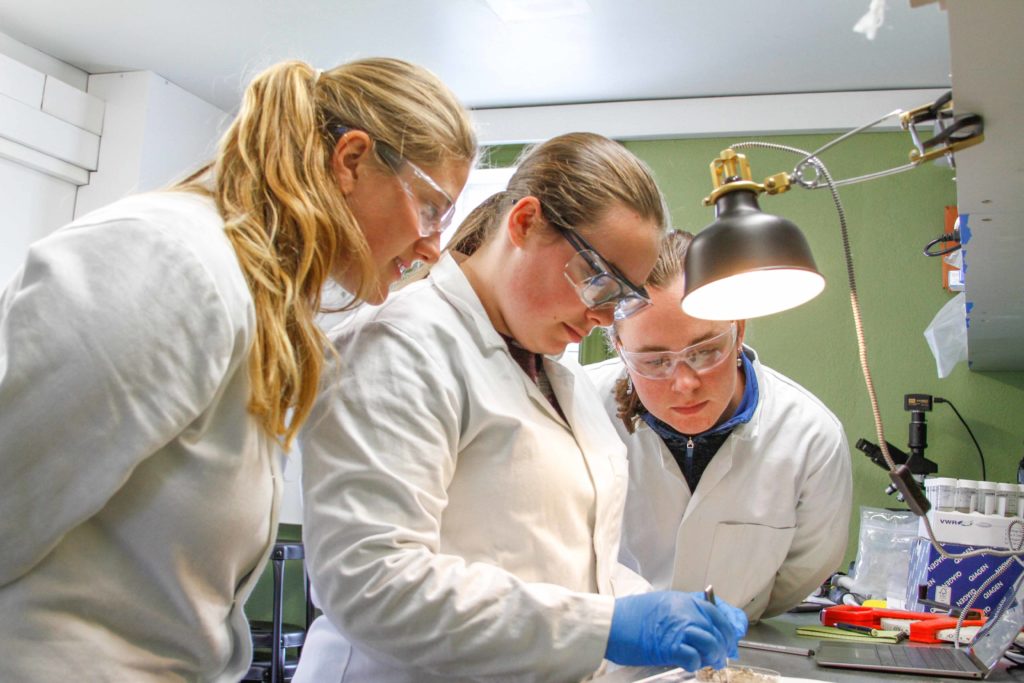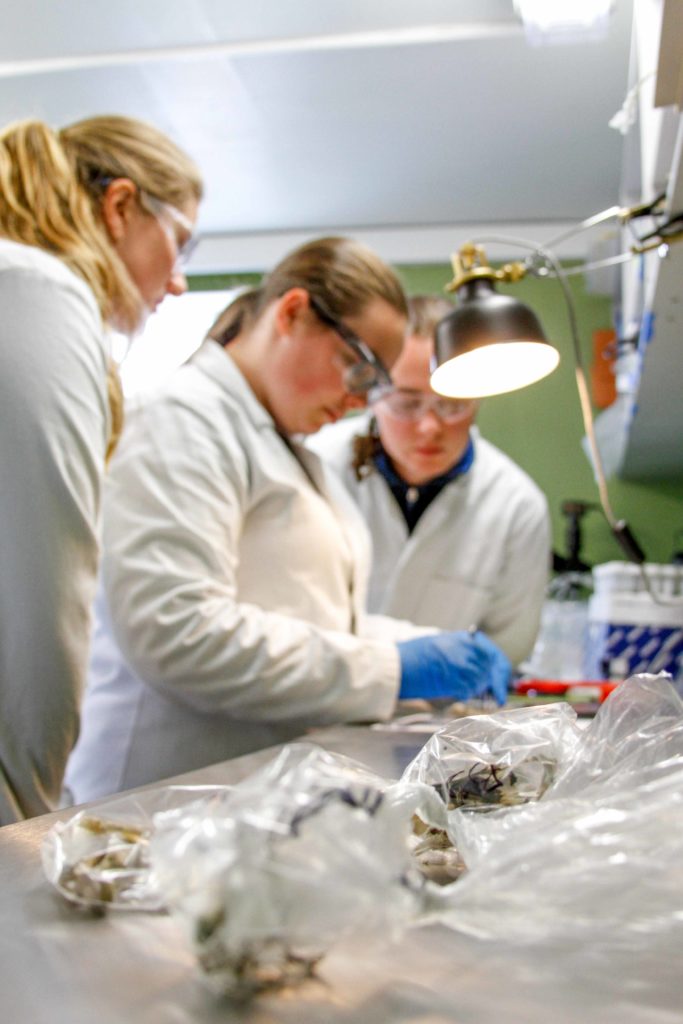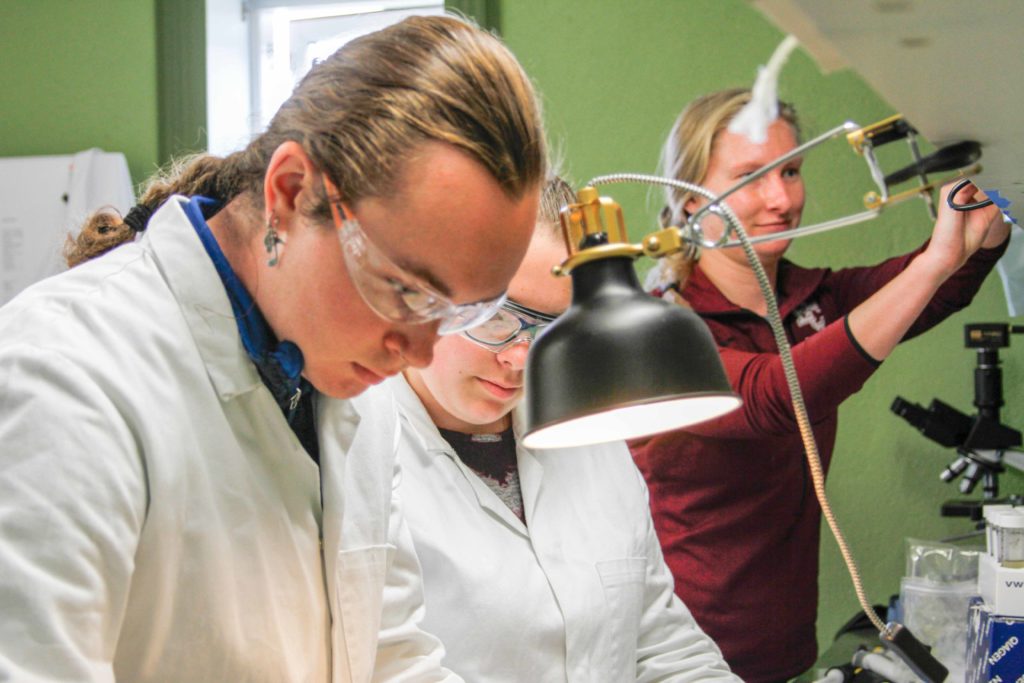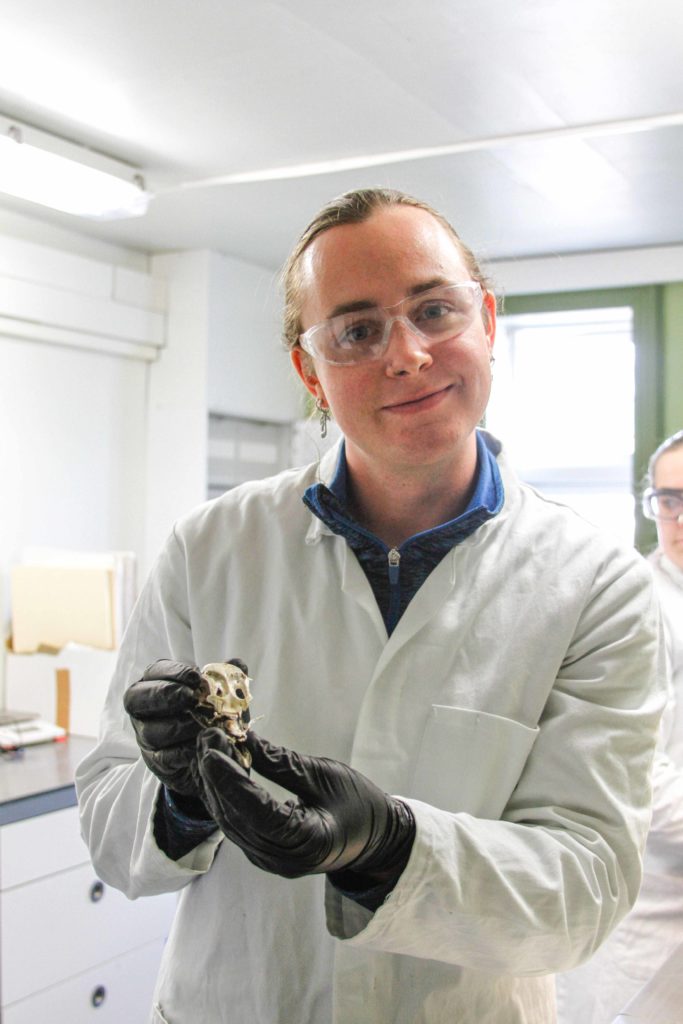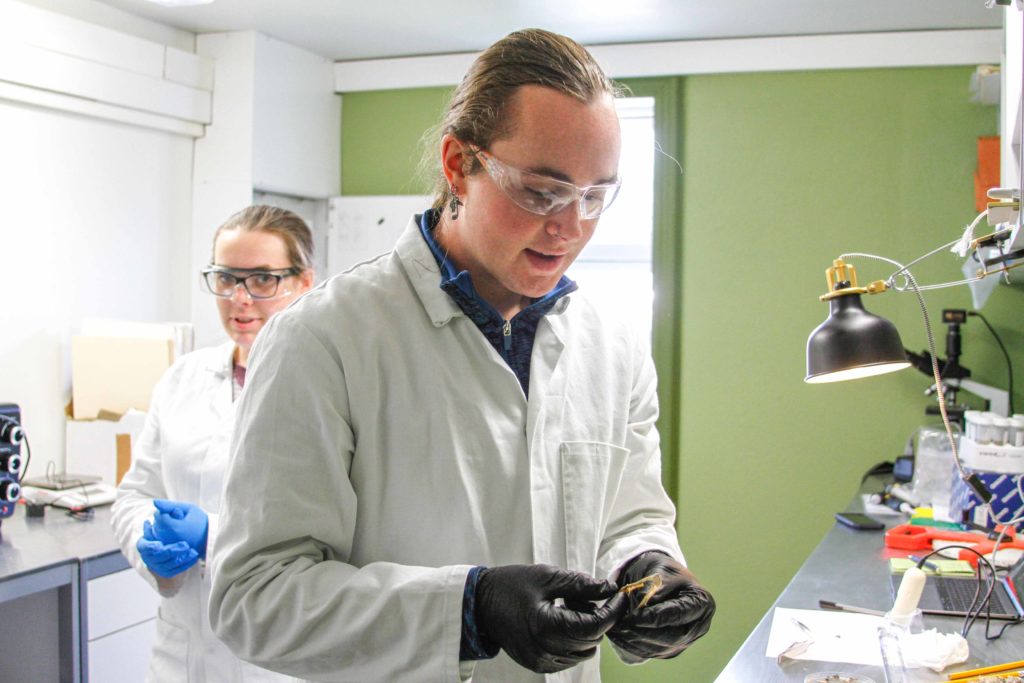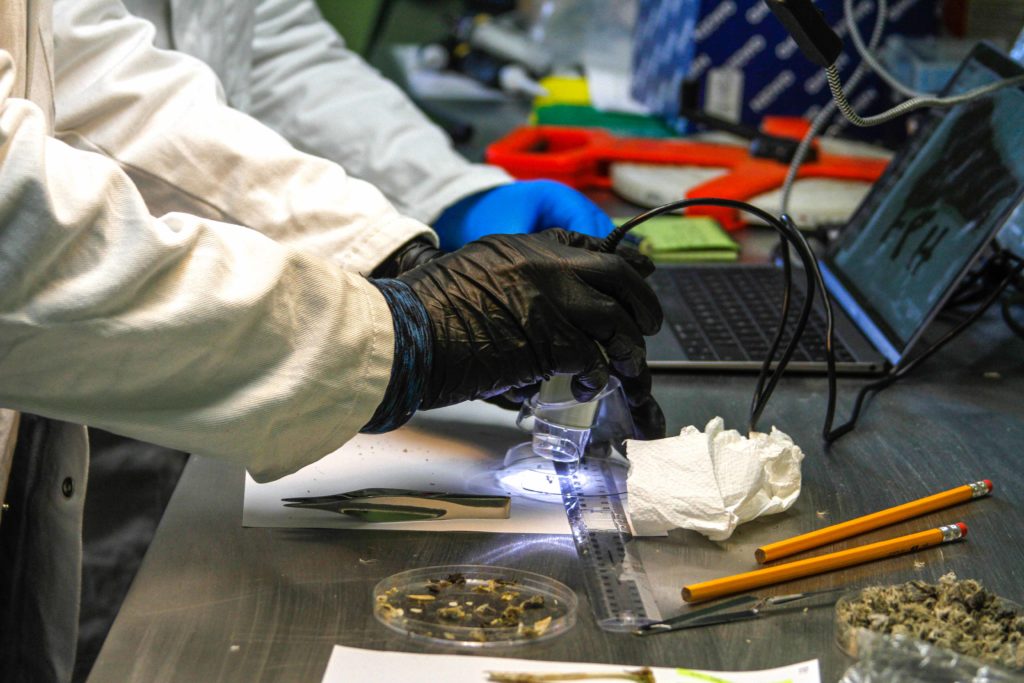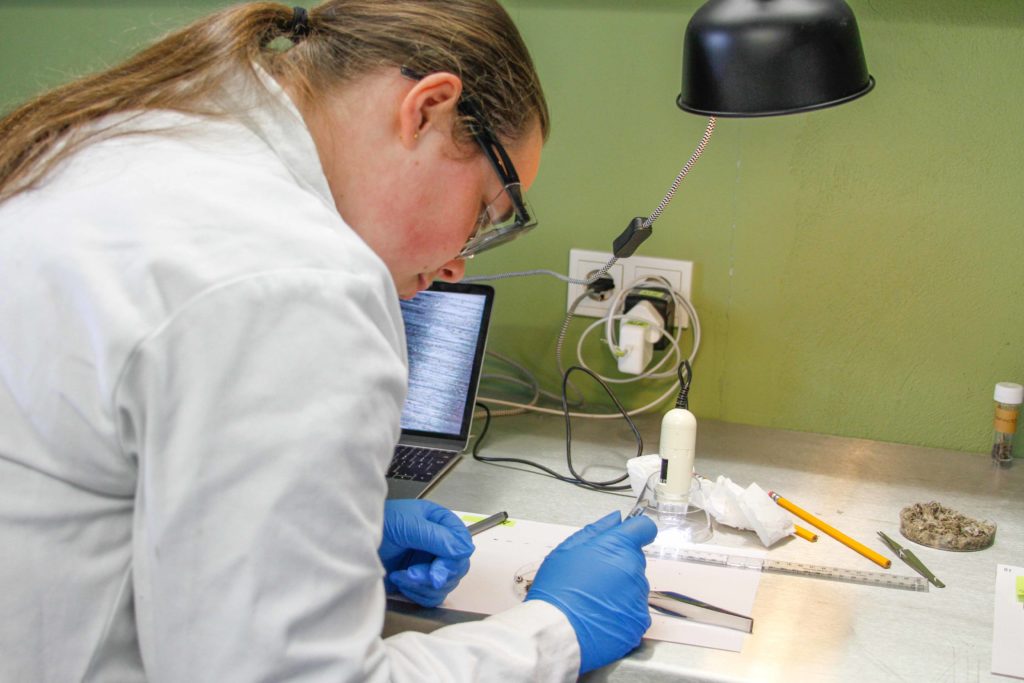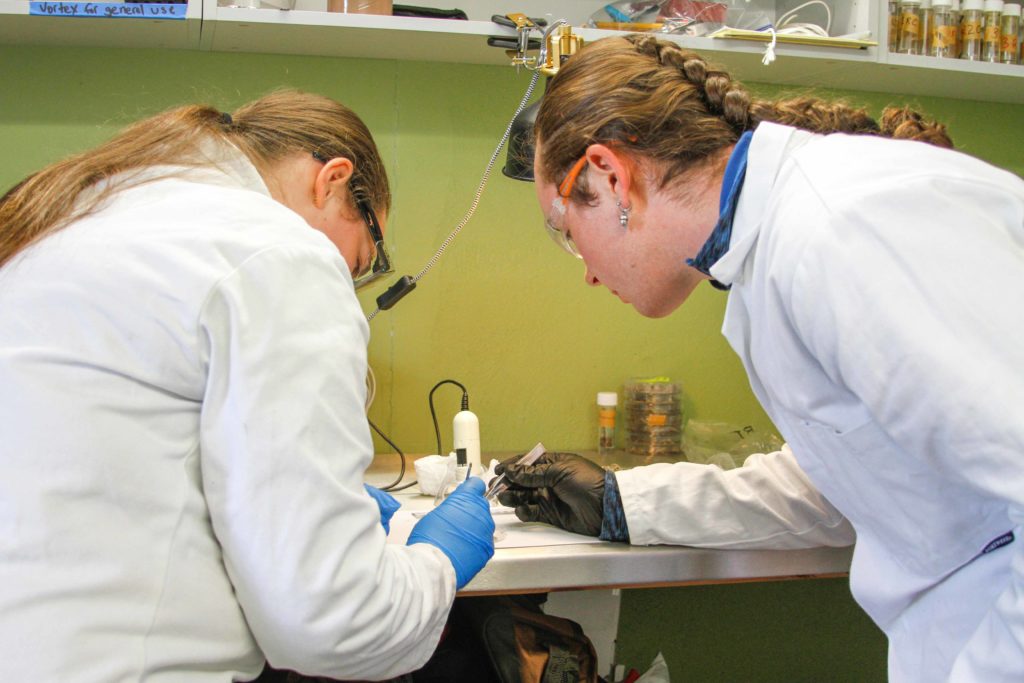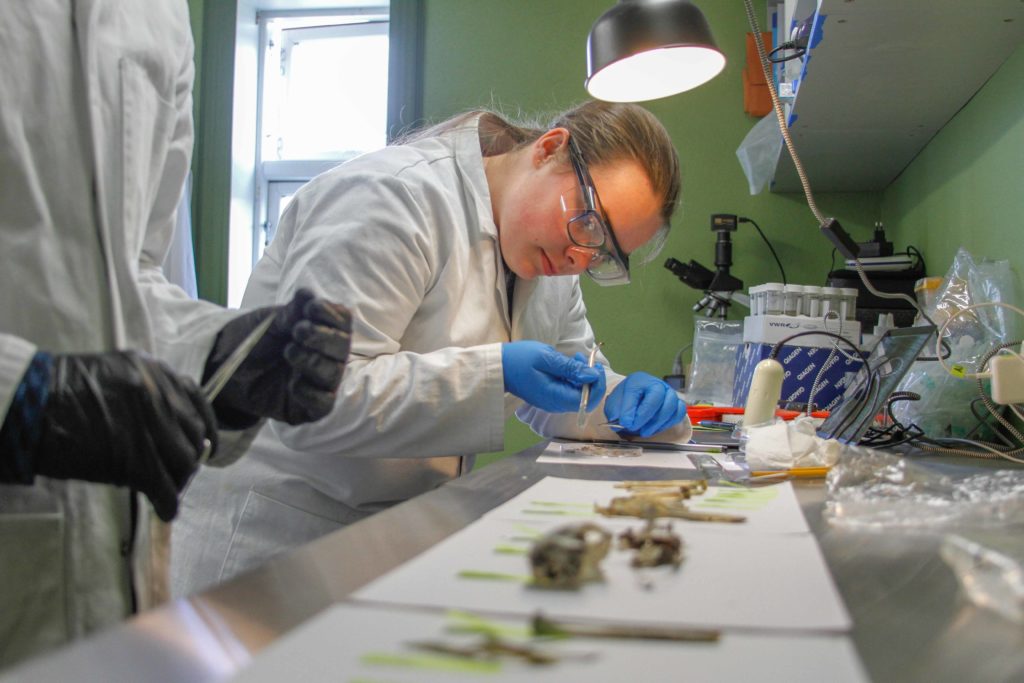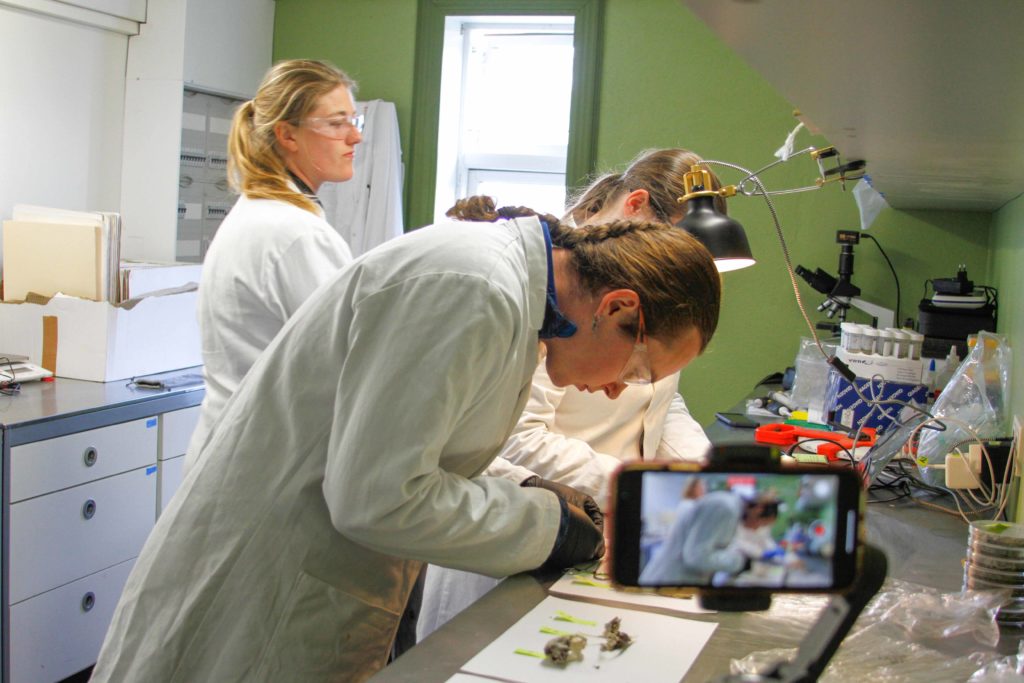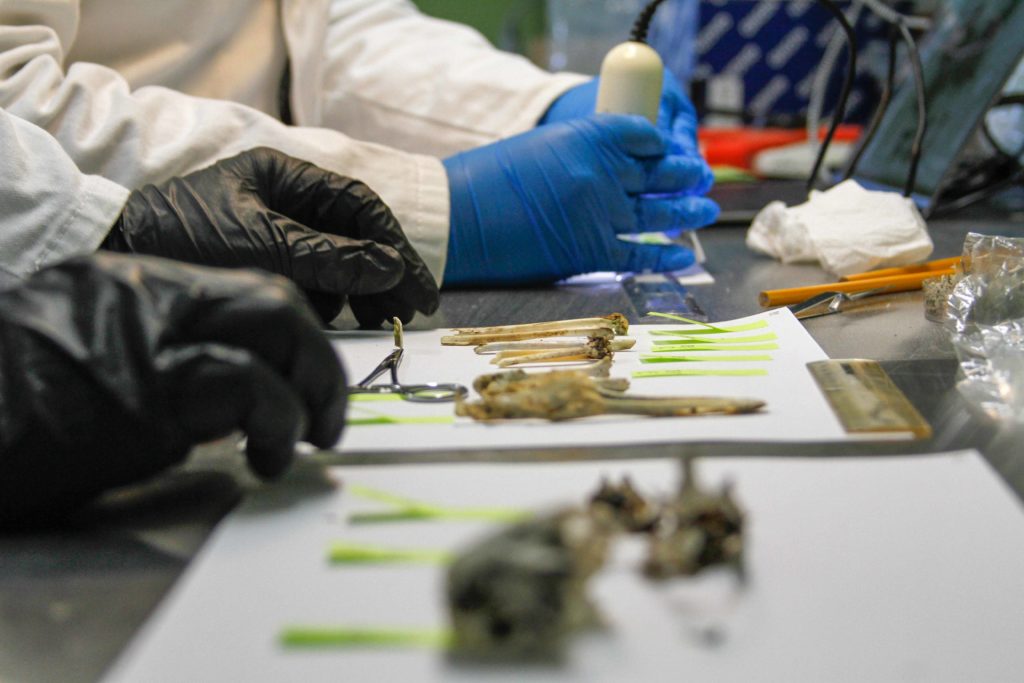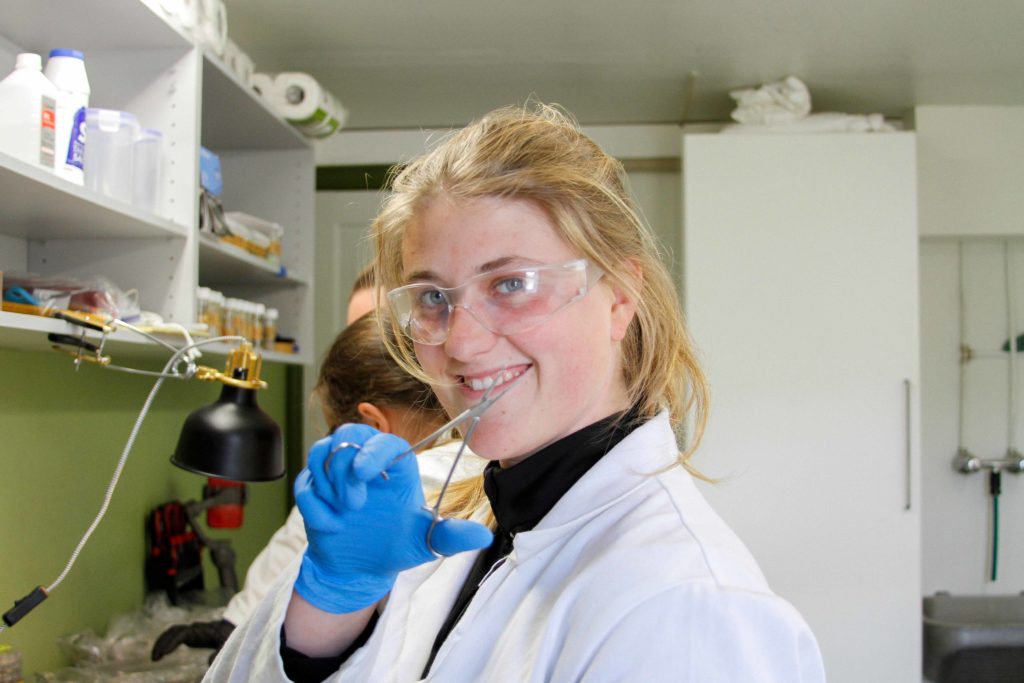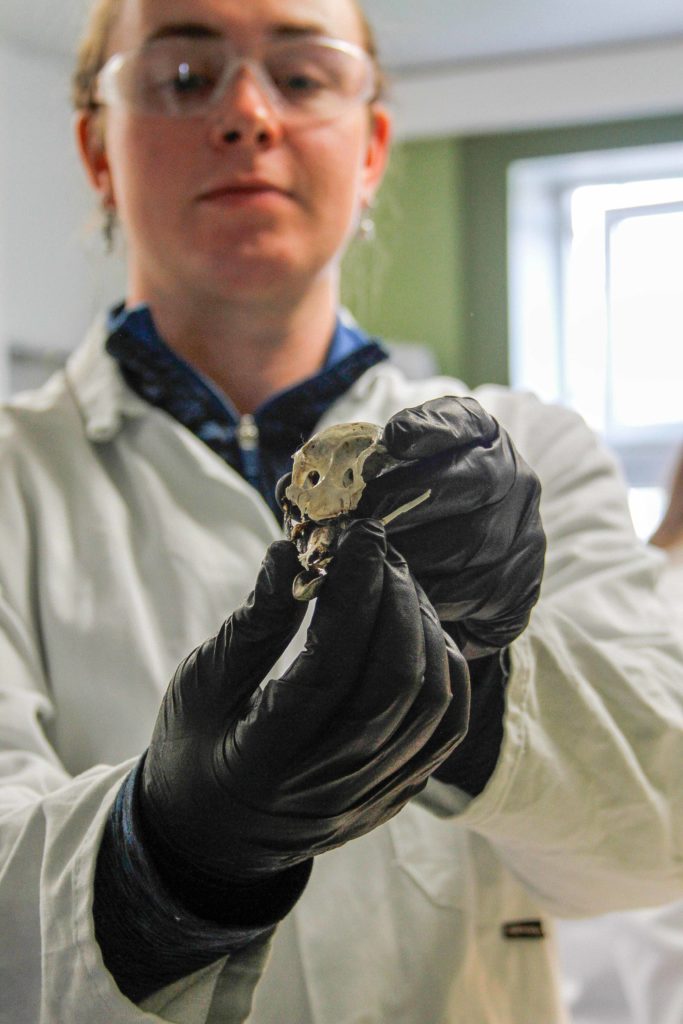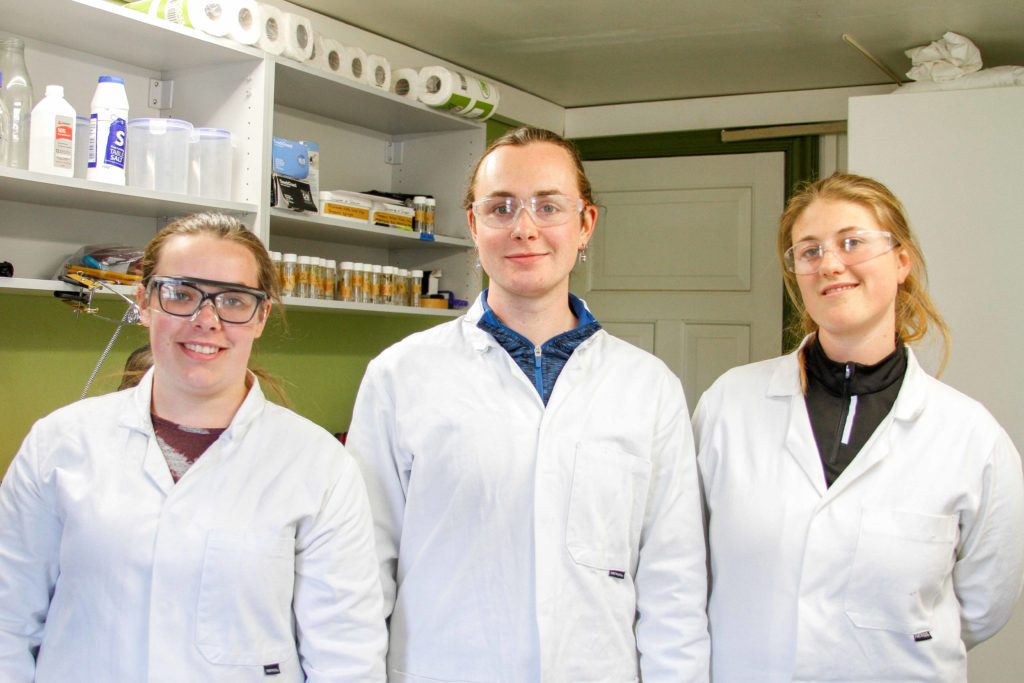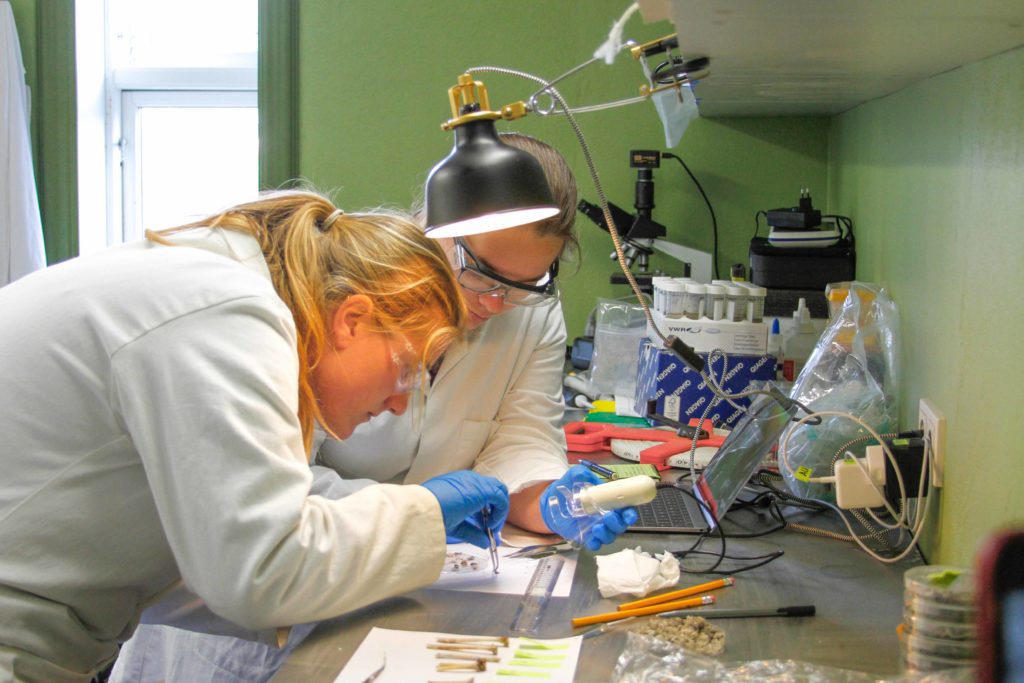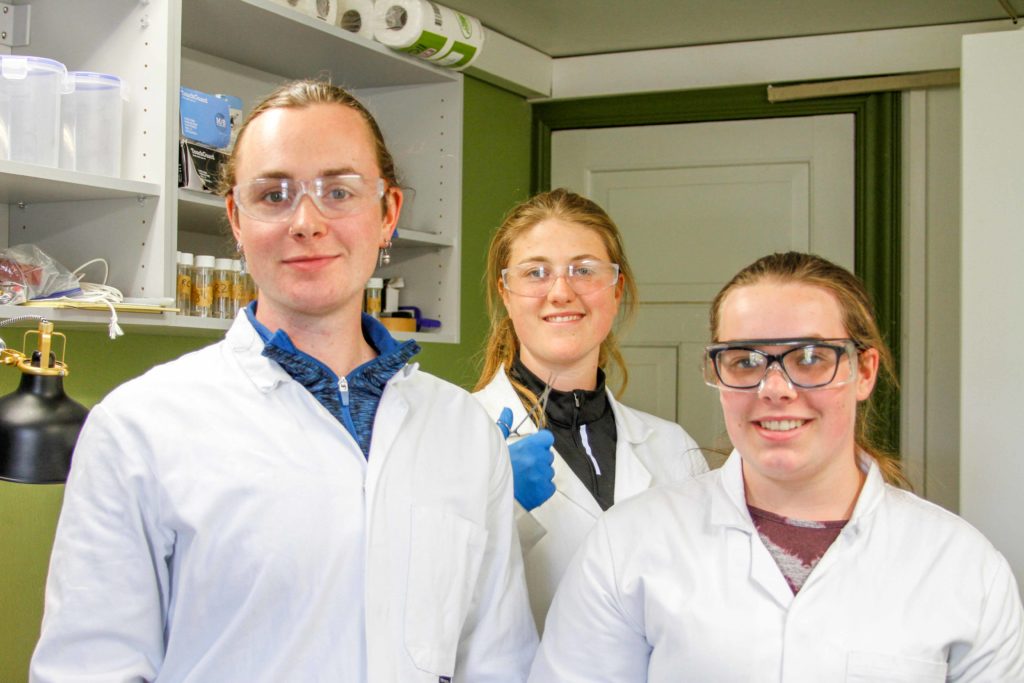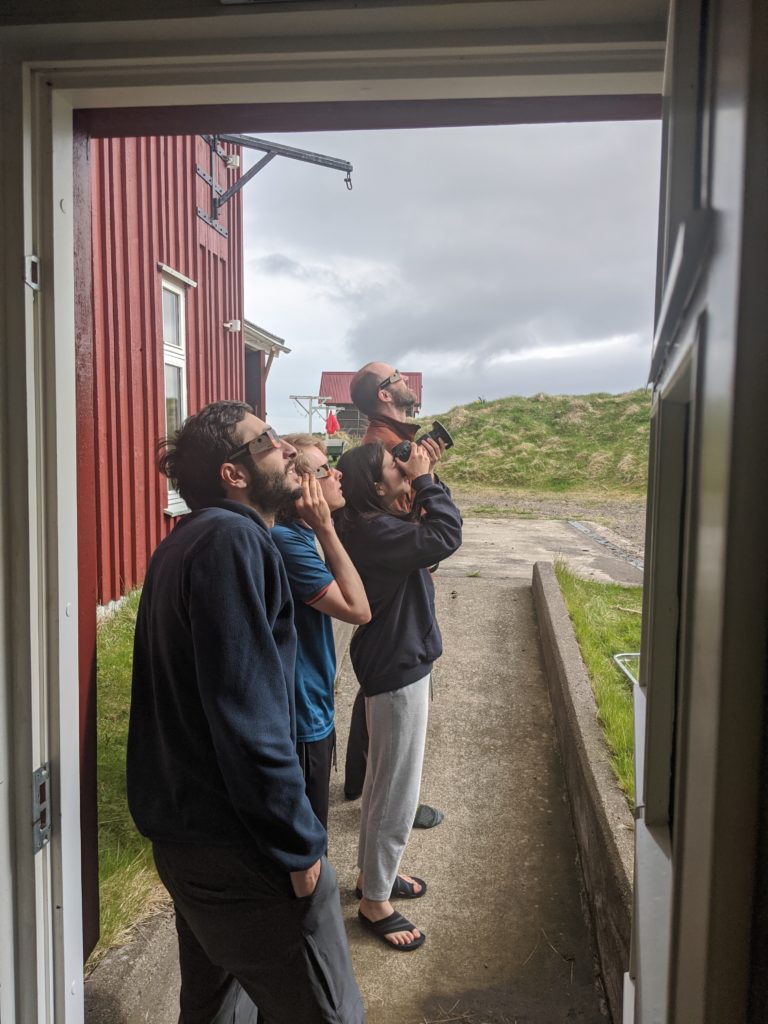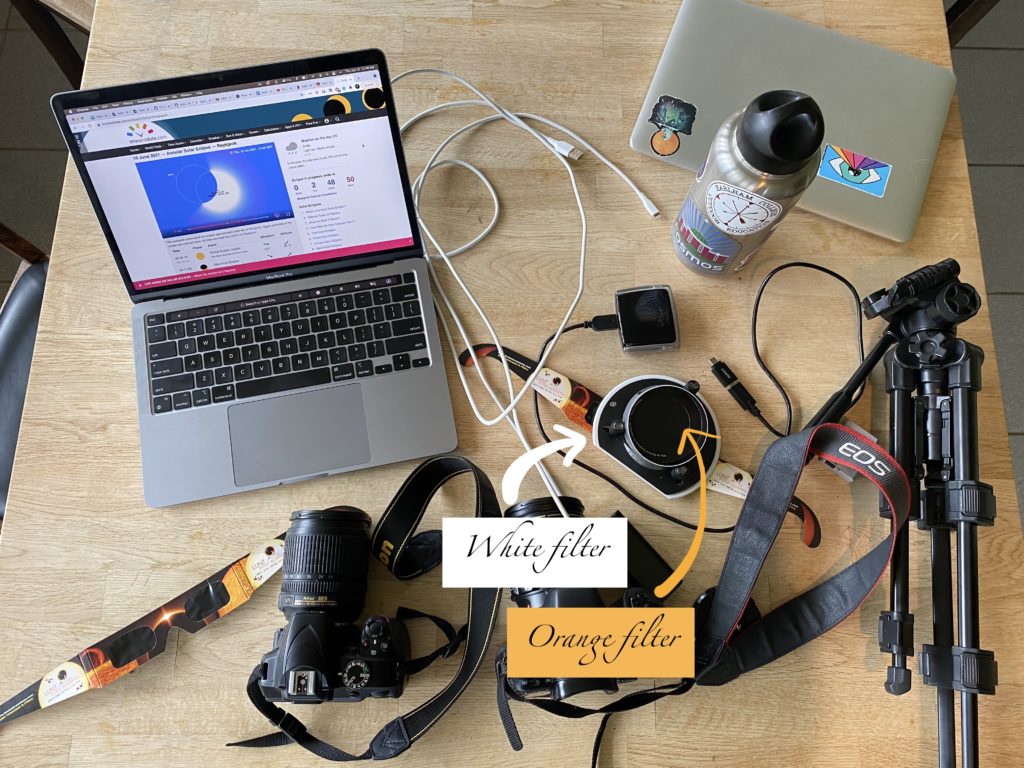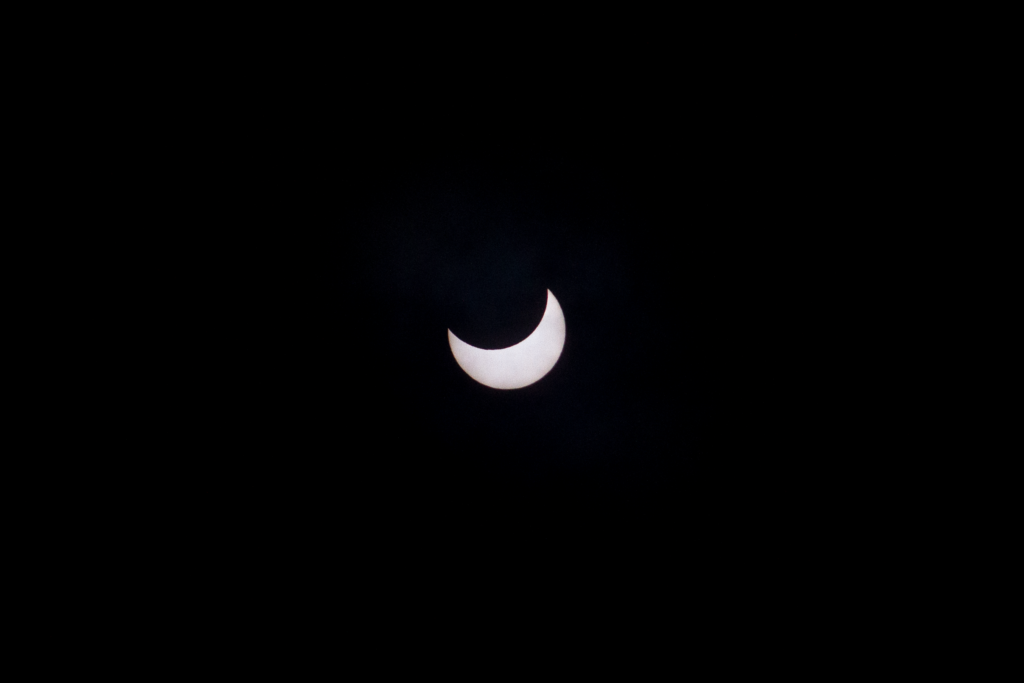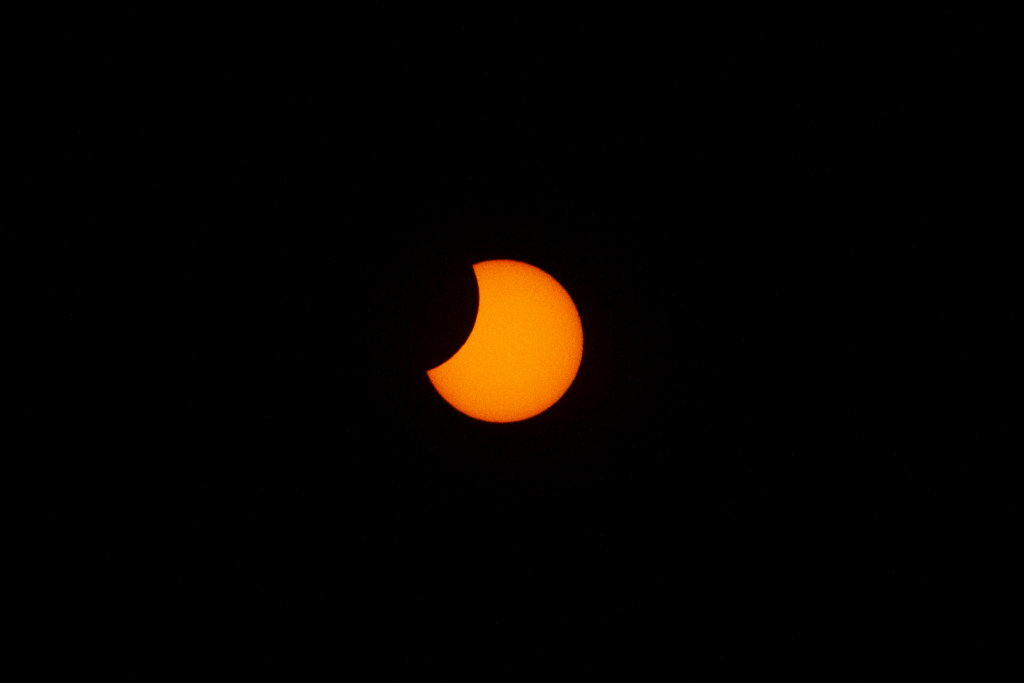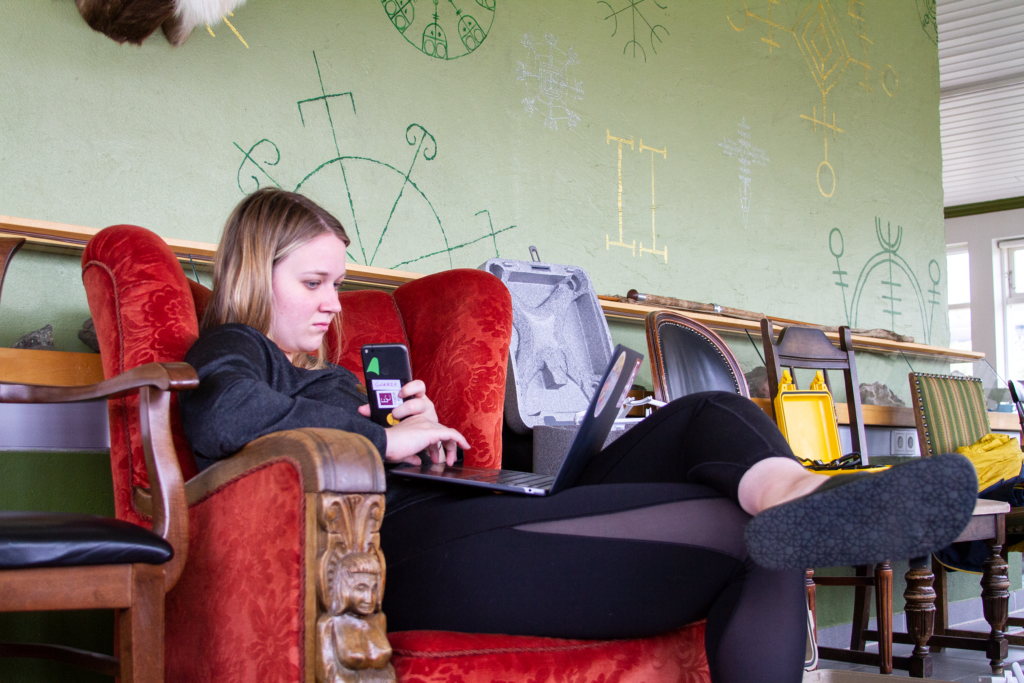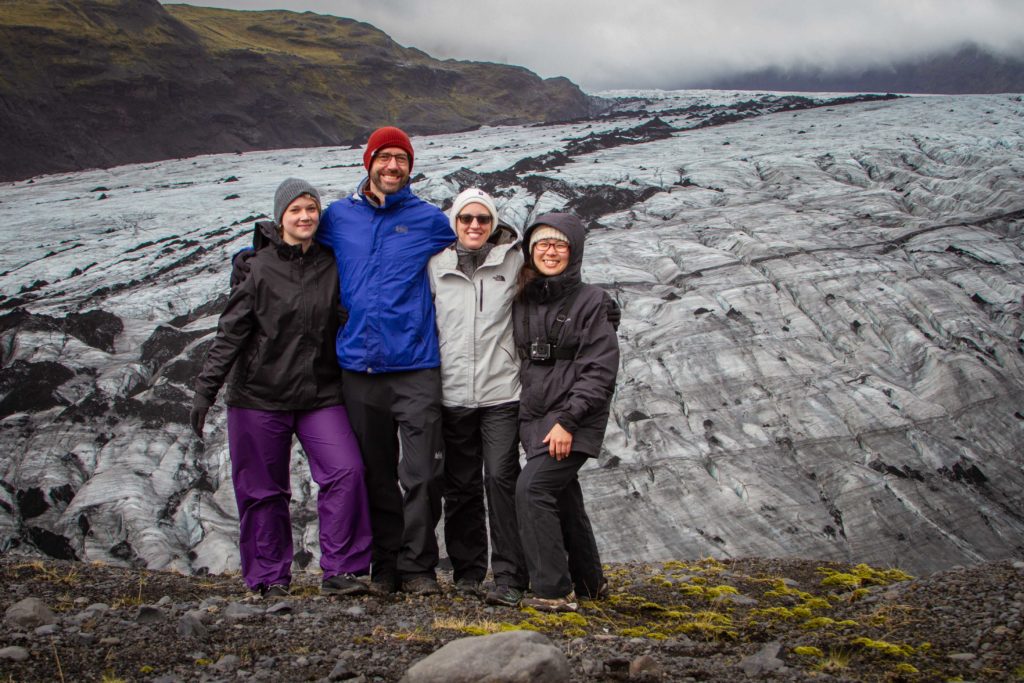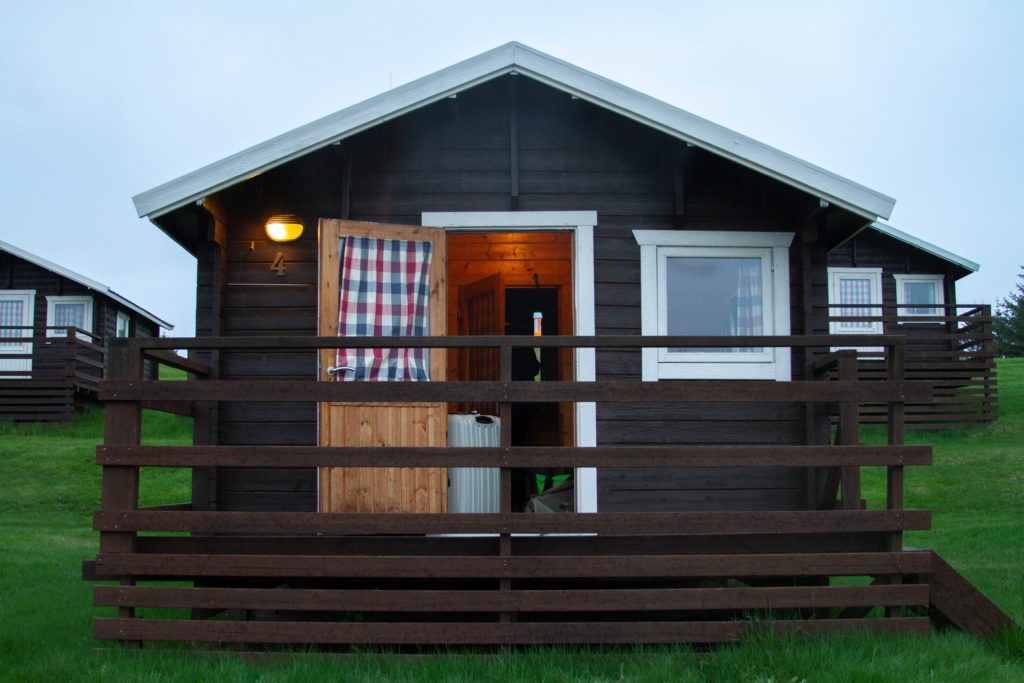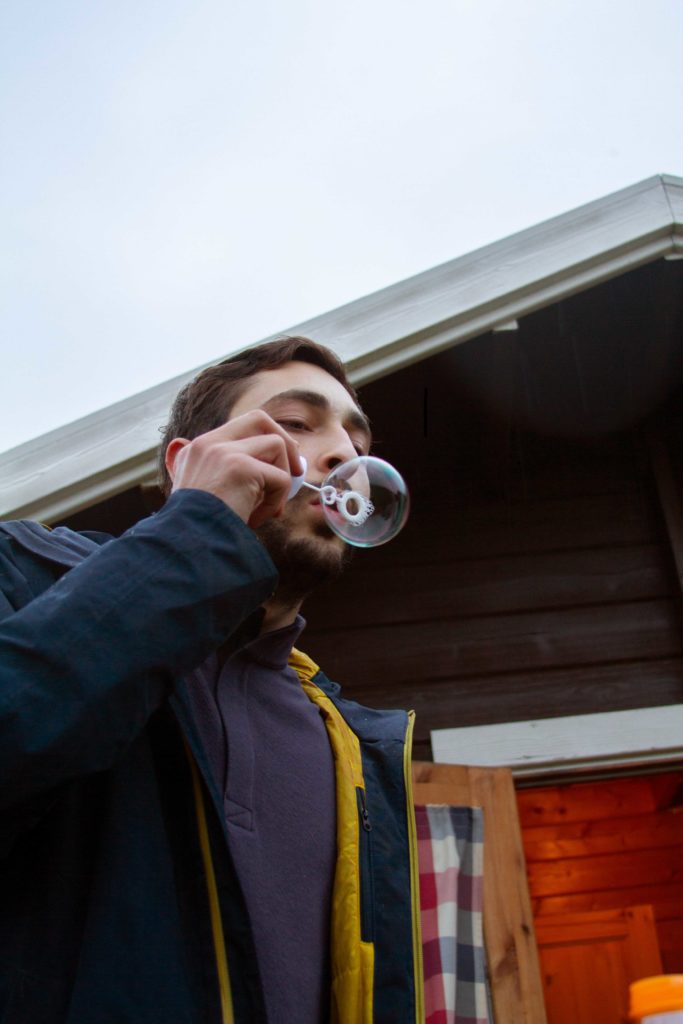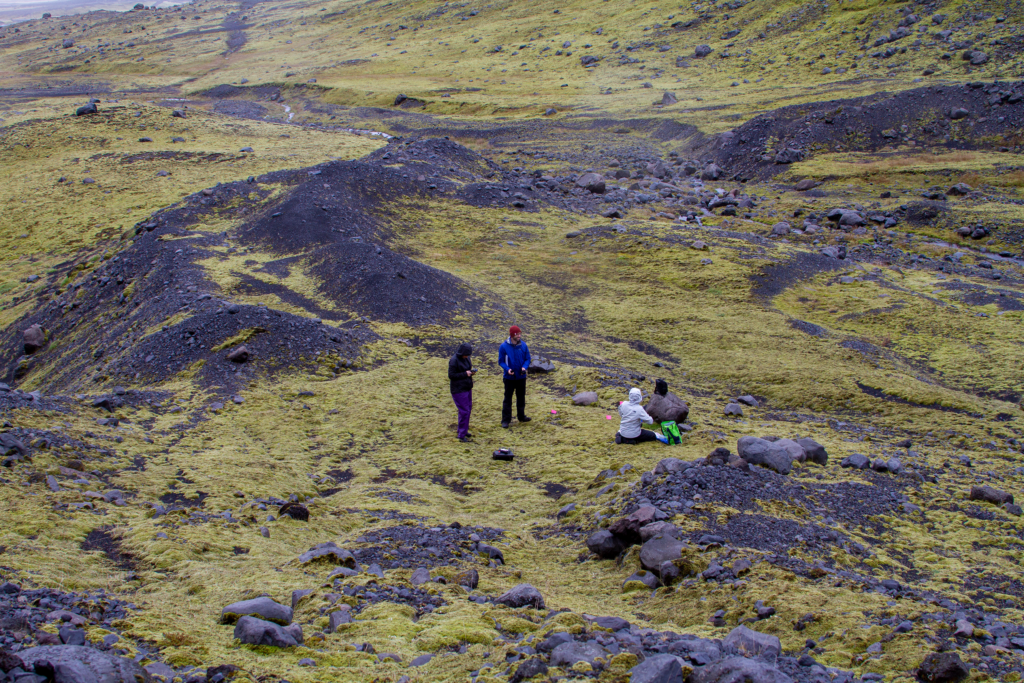At the Skalanes field center, we live with another team of researchers from the University of Glasgow. They are a group of 6 students who self-organized and funded the trip to Iceland, following the precedents of student researchers in previous years. Some projects they work on in Iceland include observing puffins, eider ducks, and foxes. The photos below include Avery, Abi, and Clara examining, recording, and photographing bone samples collected from various locations, including bird and fox feces. I will be interviewing some of the Glasgow students in the next couple of days to learn more about their work, so stay tuned! [Photos by Yujeong Lee]
DNA Extraction at Skálanes, Iceland
On June 14th, Emmett Smith (he/they) and Faith Jacobs (she/her) successfully extracted DNA from soil samples. This lab is located at the natural and heritage science research center in Skálanes, Iceland. To learn more, read Emmett’s blog post here, and follow us on Instagram!
Scroll down to see the best photo of Emmett hugging his lab notebook 😚
[Photos by Yujeong Lee]



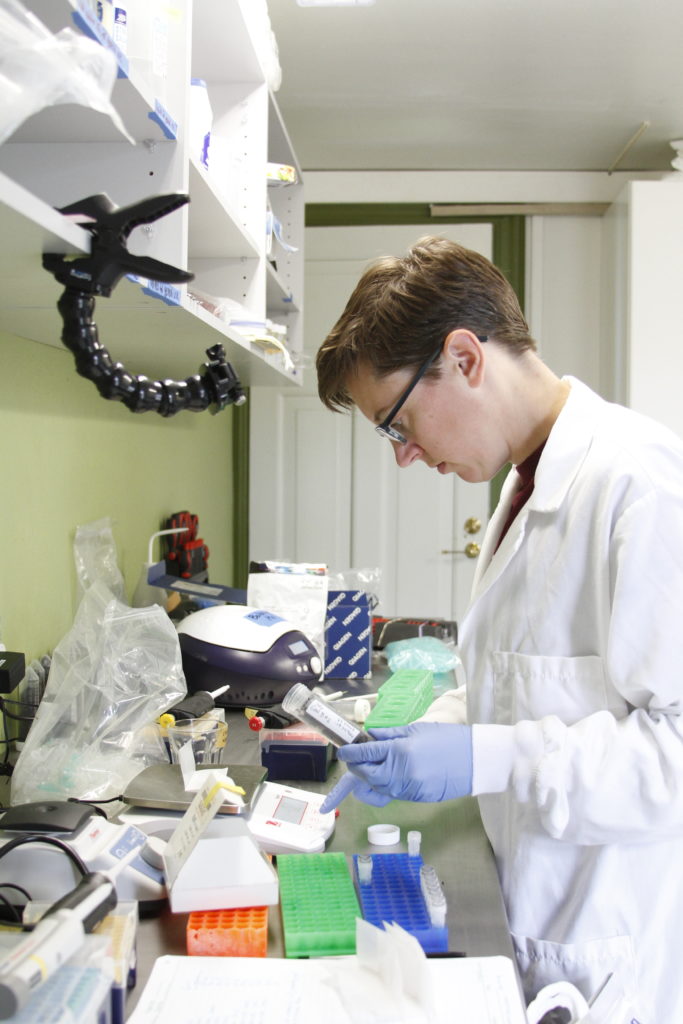
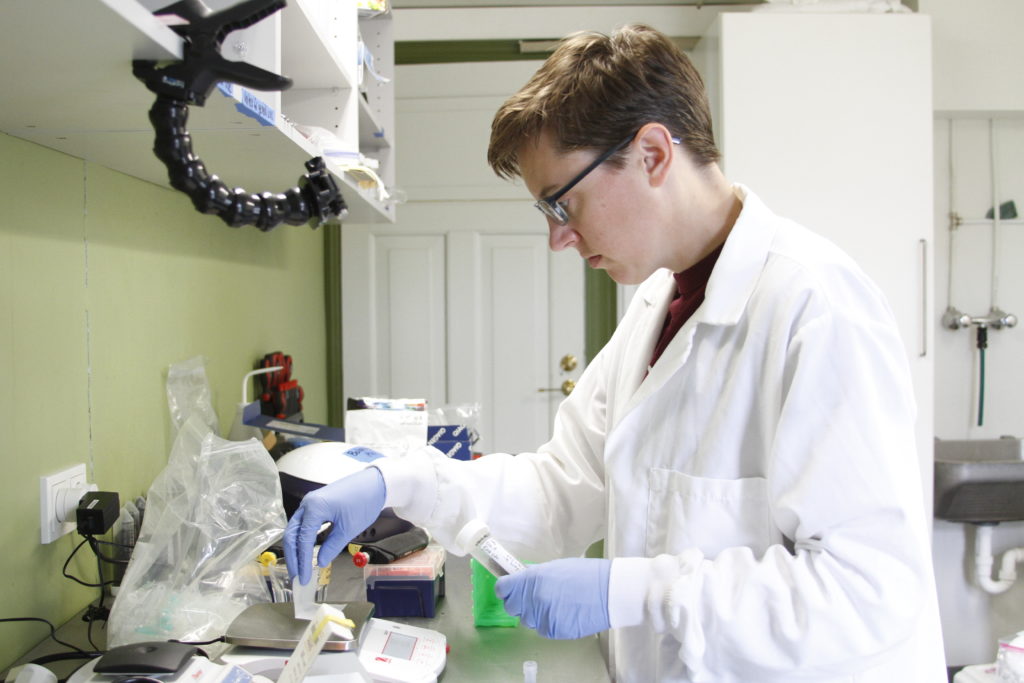
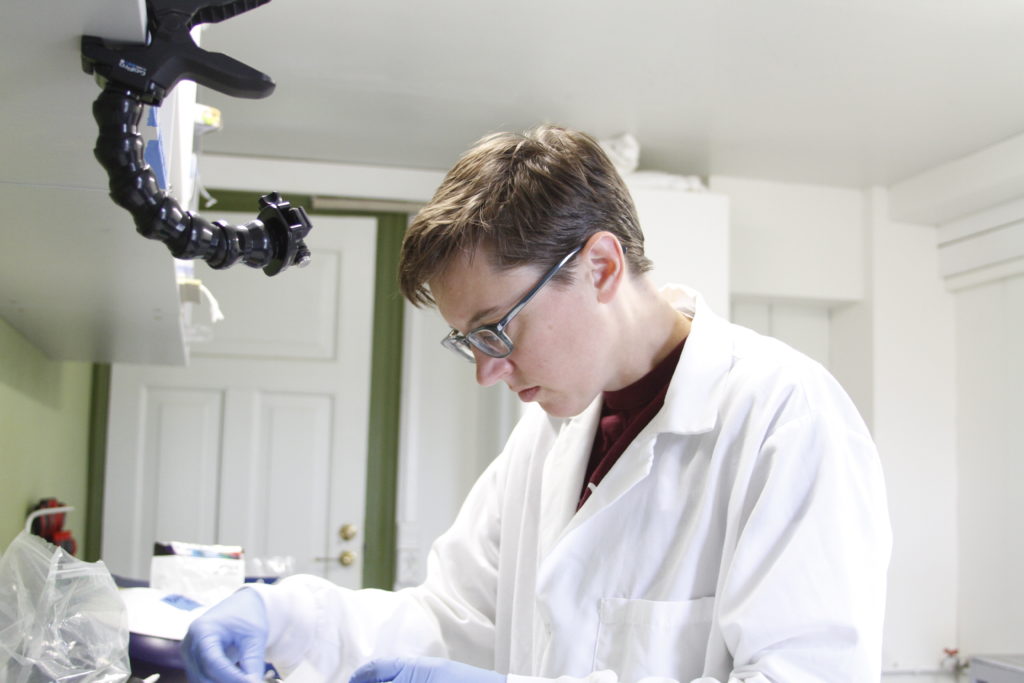
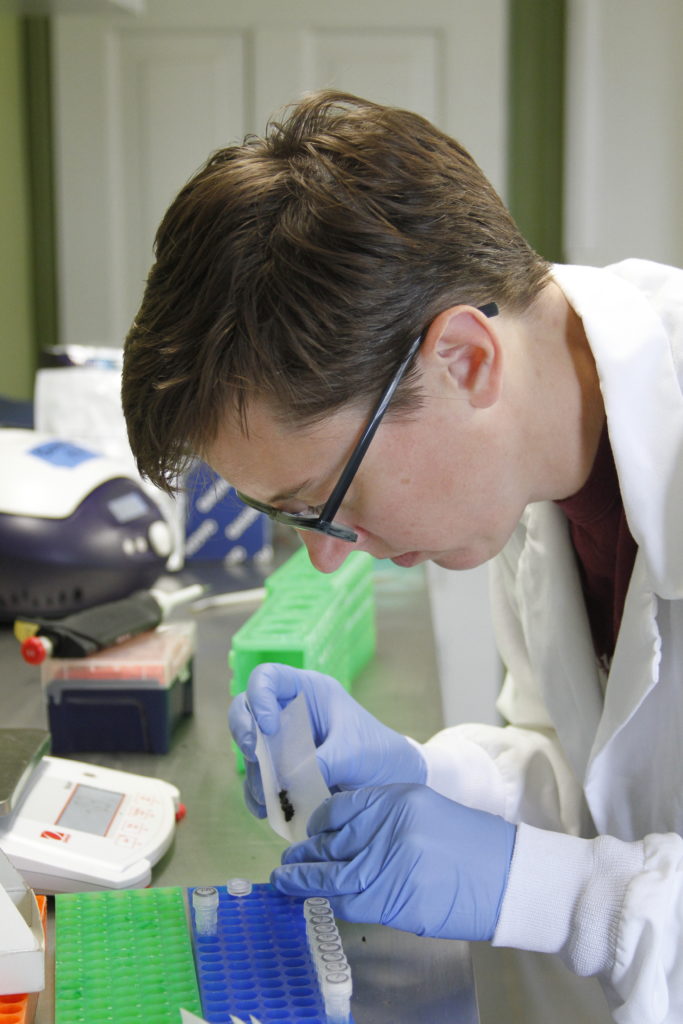
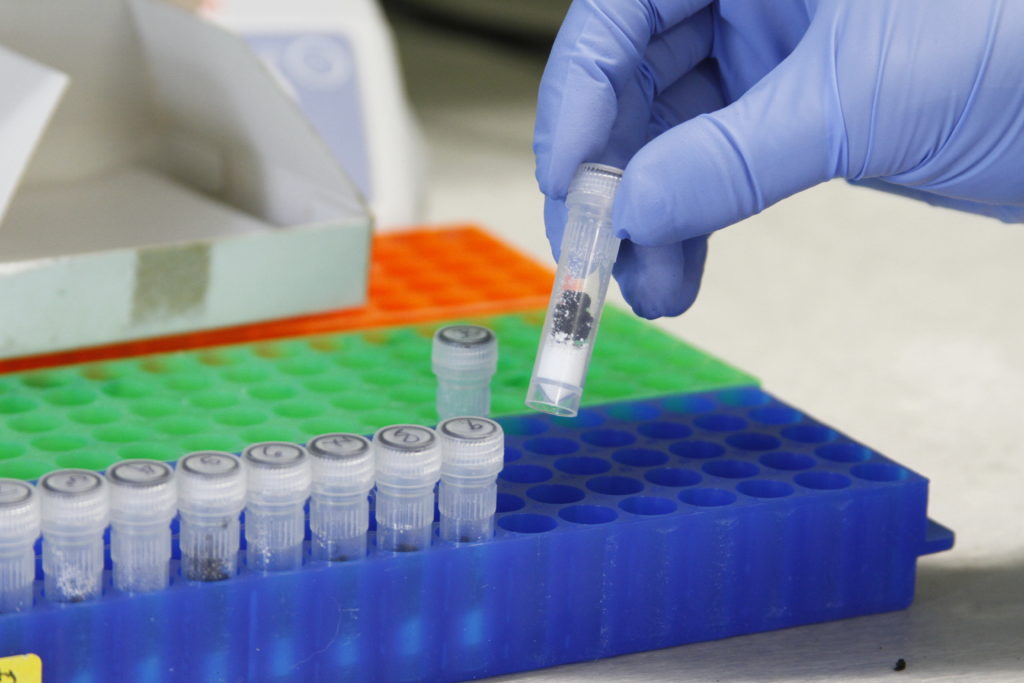
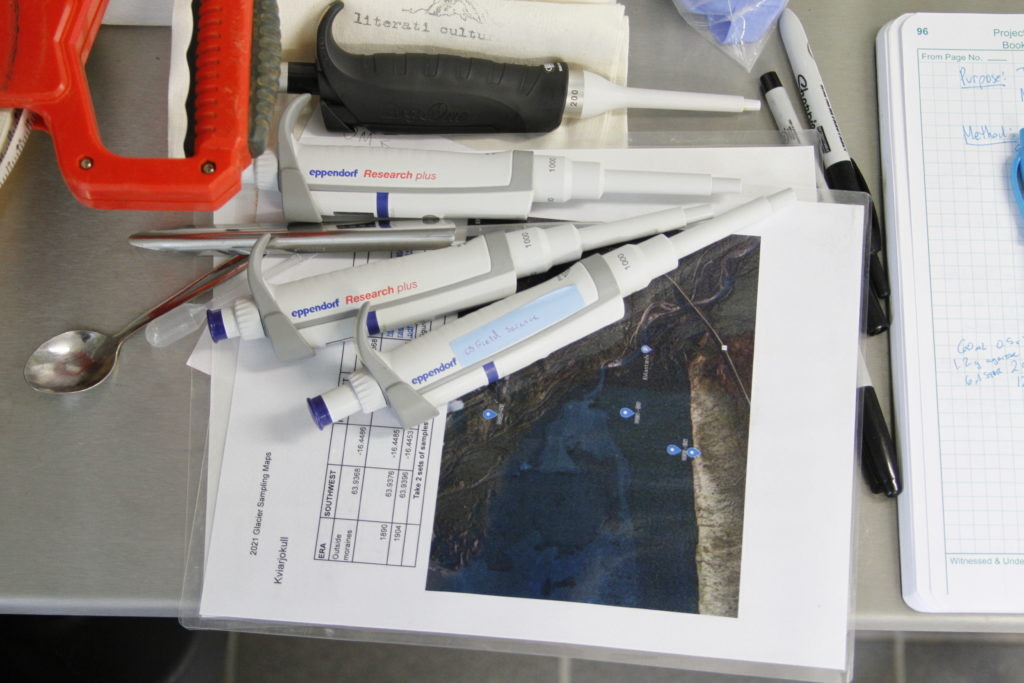
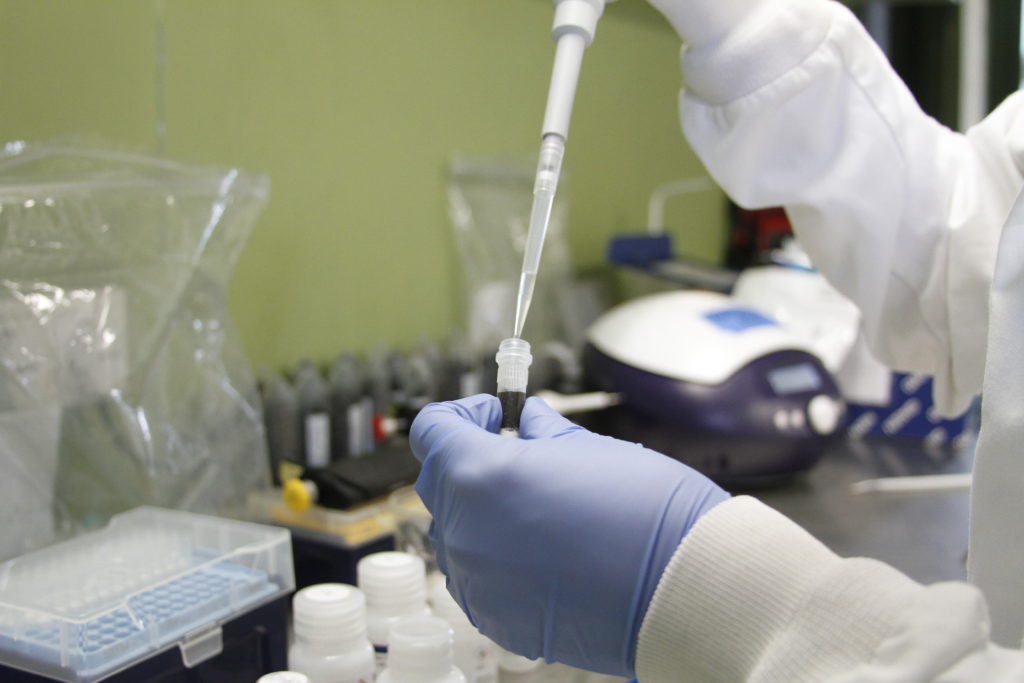
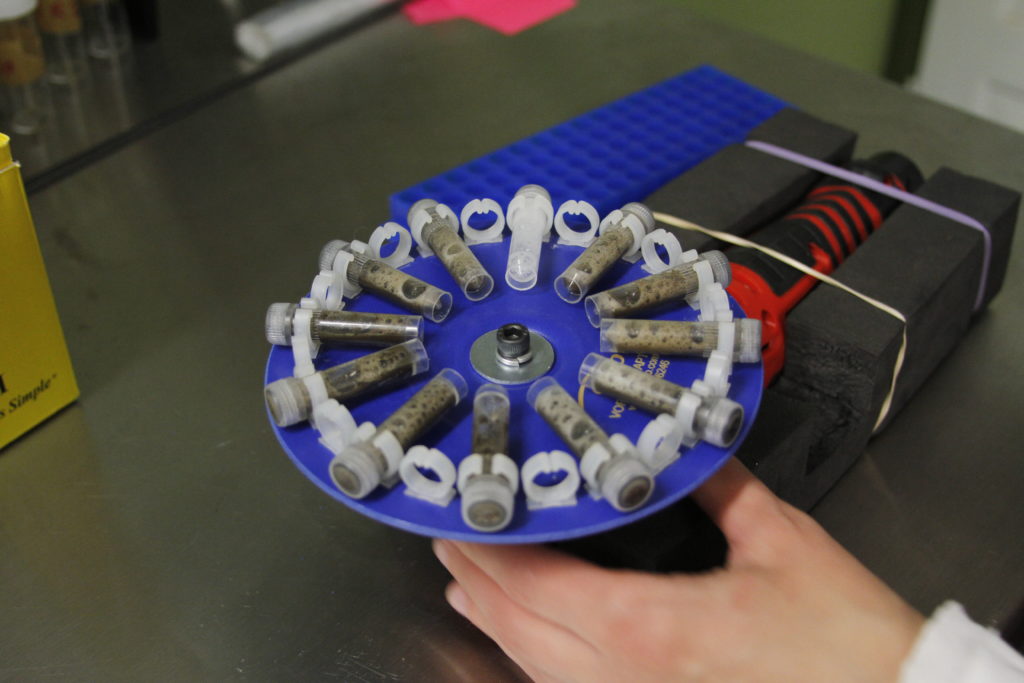
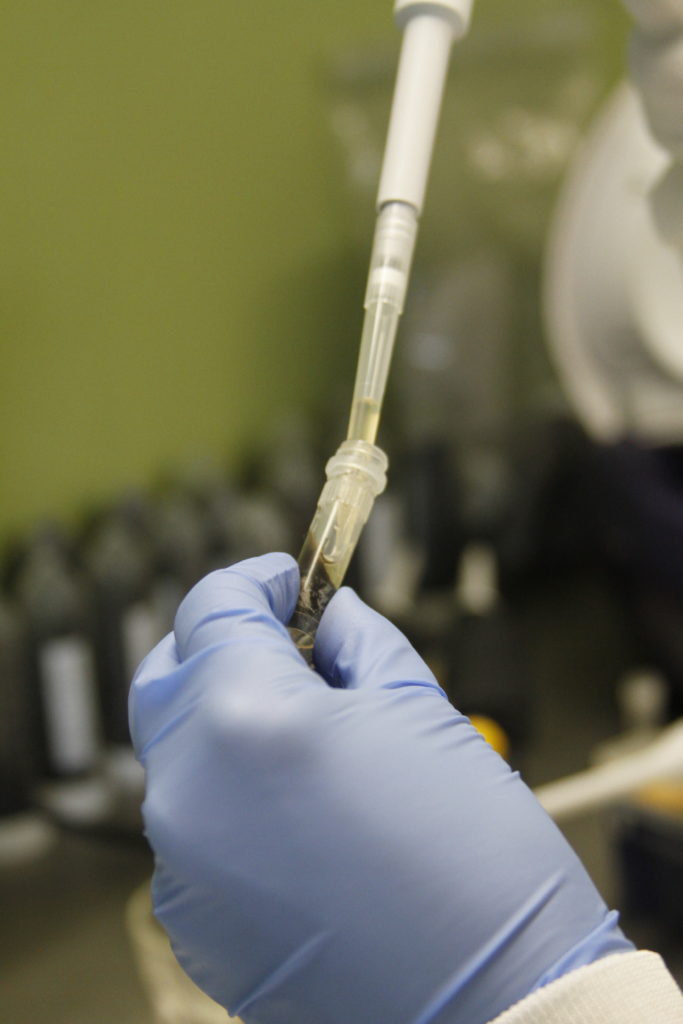
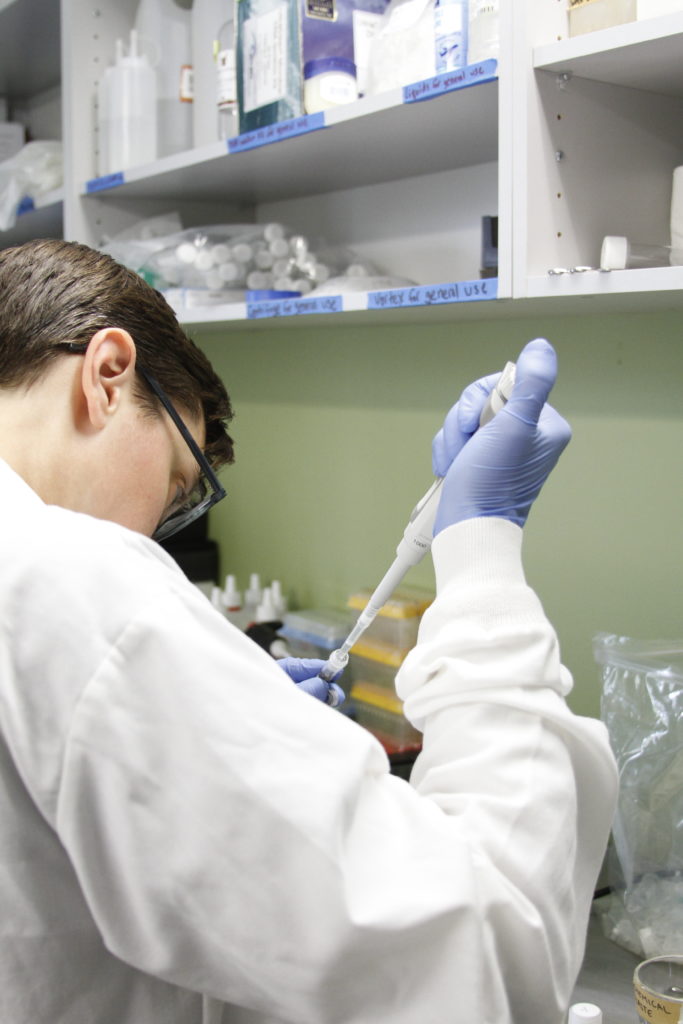
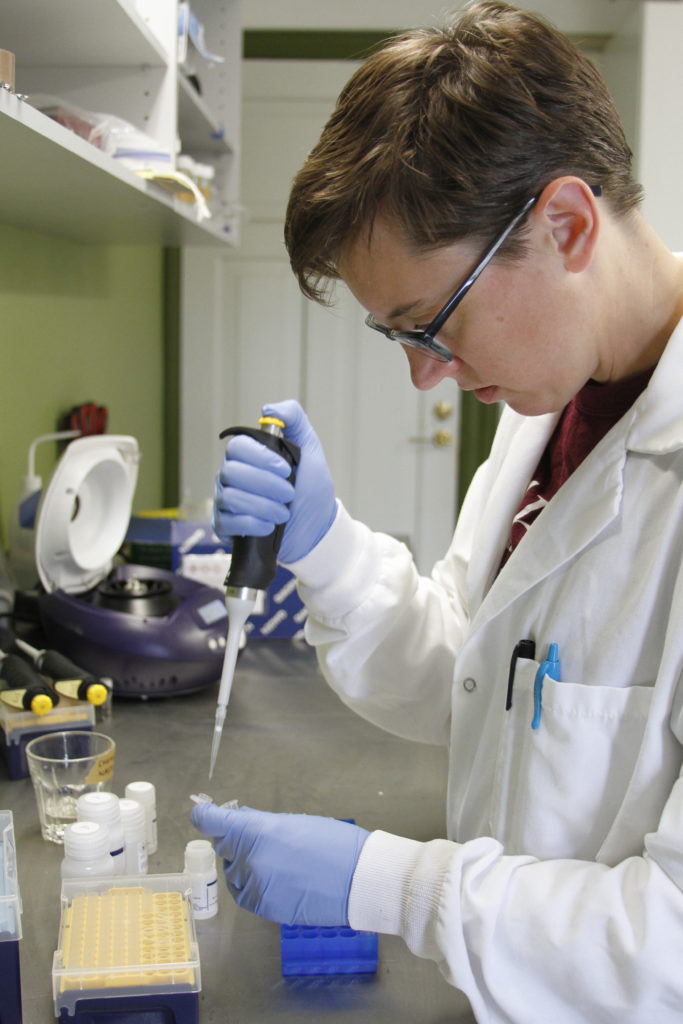
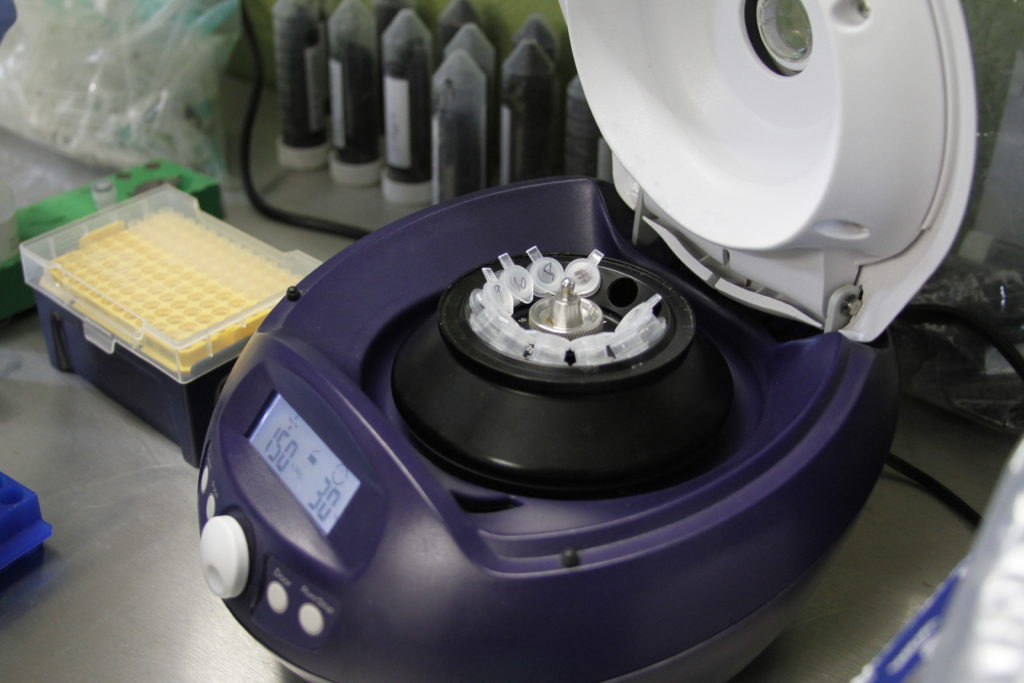
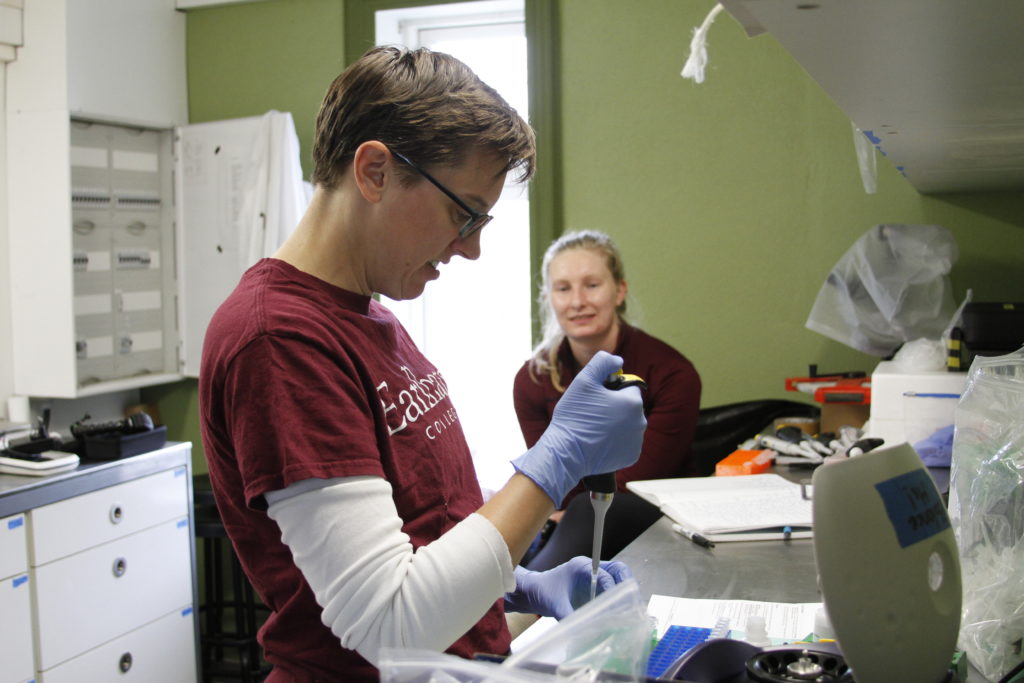

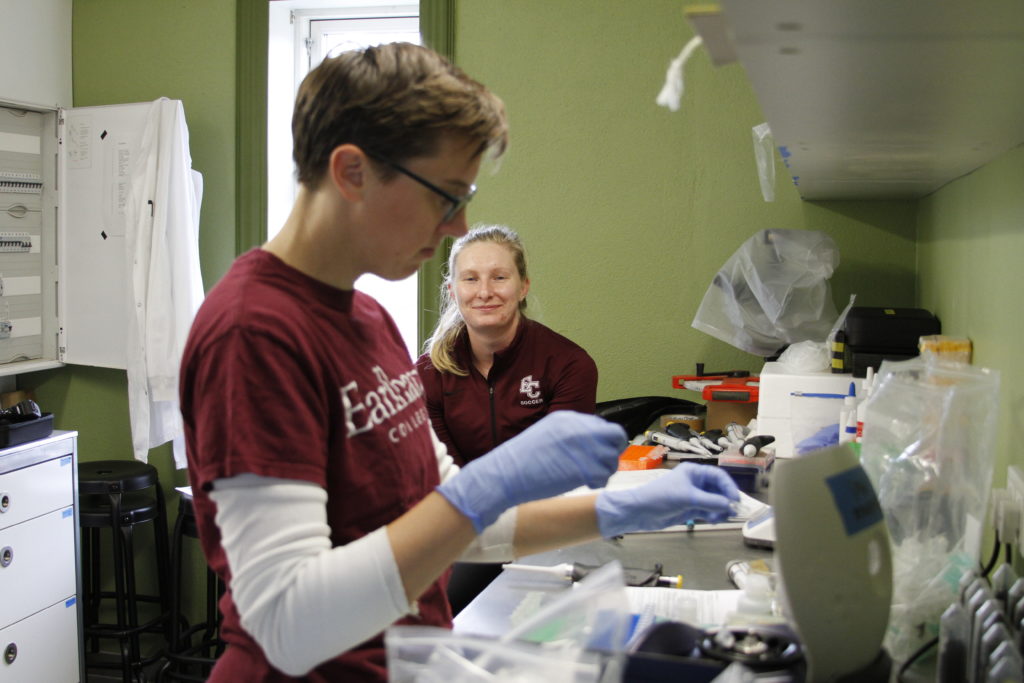 Photo by Yujeong Lee
Photo by Yujeong Lee
Capturing Solar Eclipse in Skálanes
Today June 10th was the day of the solar eclipse. The sky was so cloudy when we woke up around 8 a.m. that we thought we wouldn’t get to see the eclipse at all. Just when I had given up on the idea of photographing the sun, I heard Seth calling my name, “Yujeong, Yujeong, come see this outside!” And there it was, the sun slowly revealing itself as the clouds started clearing up around 9:30 a.m. Only the partial eclipse, not the annular eclipse, was visible in Iceland, and the maximum eclipse happened around 10:17 a.m. (although the sun was not visible during the time due to clouds).
Seth came prepared with a set of eclipse sunglasses for the whole team to watch the eclipse. He also handed me two solar filters to cover my camera lens with. I am familiar with the solar filter that gives yellow-orange color to the sun, but it was my first time interacting with a white light solar filter. Seth also taught me today that I should set my camera focus to infinity to capture astronomical images. Although I am holding my camera in the photo above, I soon brought out a tripod for more stability. Here are some results of the shoot, and they are beautiful.
Besides the eclipse, Tamara and Davit had a mostly successful day flying the drone in two different locations (one in the roundhouse and another near the research center). Just before dinner, we tried going swimming on the beach, but we went to the wrong one where there were lots of birds poop ;- ) For dinner, Emmett and Beth (a student from Glasgow) made us pasta with fresh vegetables, not to mention the sourdough bread Emmett prepared & baked since yesterday! 🤯
Soil Sampling & Staying at a Cabin in Hofn
After the very long day(?) of waiting in various airports, landing in Iceland, then immediately hiking for several hours to collect soil samples, I had almost forgotten what it means to feel tired, and our team lost track of time and day. And of course, Iceland’s never-setting sun wasn’t of much help. :- )
Our first official temporary housing was at Höfn Cottages. The small cabin was equipped with a small kitchen/restroom area and a room tightly packed with bunk beds for four. The wooden beds were quite beautifully built into the cabin with the lower bunks wider than the top bunks. There was enough space for one person to move through in between the bunk beds but nothing more. The restroom had a toilet and a sink without hot water. The small kitchen area was packed with a small electric stovetop and a sink on the left and a round table with two chairs on the right. Laminated instructions and cabin rules on the wall informed us that 3 minutes of hot shower would cost 100 króna at the common shower facility. Tamara and I walked to the common shower late rainy evening and each successfully took 3 minute showers.
Charlie made us fabulous oatmeal for breakfast the next morning, and we were soon on our way to Kvíárjökull. Just like the first day of soil sampling, we split into 2 teams to go to different locations. Having photographed the team with Emmett, Seth, and Tamara already, I followed Charlie, Craig, and Davit this time. Walking on the endless mossy and dark soiled land, I thought I would encounter a battle in Narnia, then another moment I felt I was a character in a game of battle royale.
After collecting 2 sets of samples in the various locations Emmett had planned out for us, we finally reached the research center at Seyðisfjörður after 4 hours of driving!
D-4 until Iceland
This summer I have the honor to join the team in Iceland to document the research. And what a time to travel with the team under the National Geographic Society grant! With my background in computer science and experience working with Earlham’s marketing, my role in Iceland as a storyteller includes updating our WordPress site, creating a social media presence, interviewing current and previous participants, creating videos, taking photographs, and producing writings from time to time.
I came in with a good amount of experience in photography and social media management, but most of the work I did for the research team has been a learning experience. I learned to get around WordPress by adding a few design updates to the Field Science site, especially the importance of producing a responsive website (those that don’t break with zoomed in or zoomed out) for the users on different devices to effectively gain information. By interviewing Charlie P. and Craig E., I gained a better understanding of the history and development of Icelandic field studies. Interviewing Gail Connerley was especially interesting with her knowledge of wilderness travel and enthusiasm for the research. Gail had traveled twice to Iceland with the research team and introduced effective wilderness travel methods like assigning a different leader each day.
One of the best things about being a storyteller is all the gears we get to use for the research. Many drones, a few GoPro cameras, and a smartphone stabilizer provide a lot of space to create and be creative.
I often ask myself “what am I not doing right now that will make my future self regret?” I think I will regret not having made as many videos as I can and not having learned to fly the drones if I don’t.
Building a 3D Model of Ta’an’s Egyptian Sarcophagus
Did you know that the only two ancient Egyptian mummies in Indiana are located in Richmond? One is in Wayne County Historical Museum, and the other is right here at Earlham College as a part of the Joseph Moore Museum. We are excited to introduce you to an exciting project we had been working on, in cooperation with the Computer Science Department and the Joseph Moore Museum.
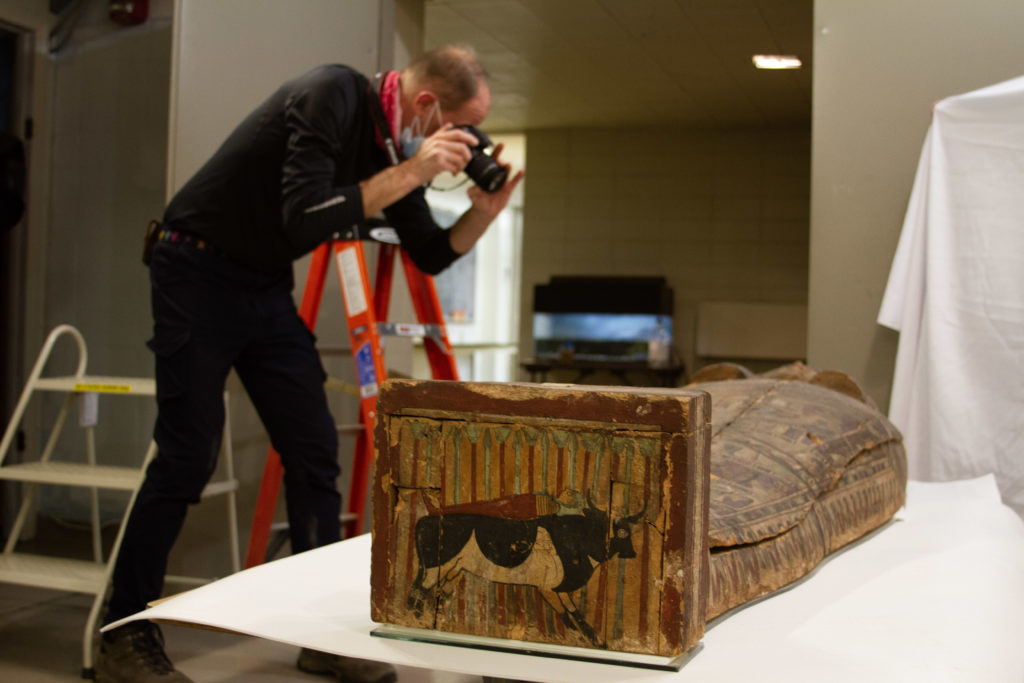
Despite the museum’s closure to the public since the pandemic, Joseph Moore Museum has been working to bring better and improved exhibitions to the public when it reopens. With an Indiana humanities grant, students in the Exhibit Design class redesigned the ancient Egypt exhibit. Over the winter break, the existing exhibit was demolished. For the first time in 10 years, the sarcophagus was taken out of the display case before the demolition and moved to a safe location.
As soon as the Spring semester started, Charlie, Craig, and Yujeong went down to the museum for a rare opportunity to digitize the sarcophagus. With the goal to build a 3-dimensional digital model of the sarcophagus, Charlie and Craig took about 180 overlapping photos of the sarcophagus from the top and its four sides using a basic digital SLR camera. We then used the open source 3D modeling software OpenDroneMap (ODM) to build a digital model of Ta’an’s sarcophagus.
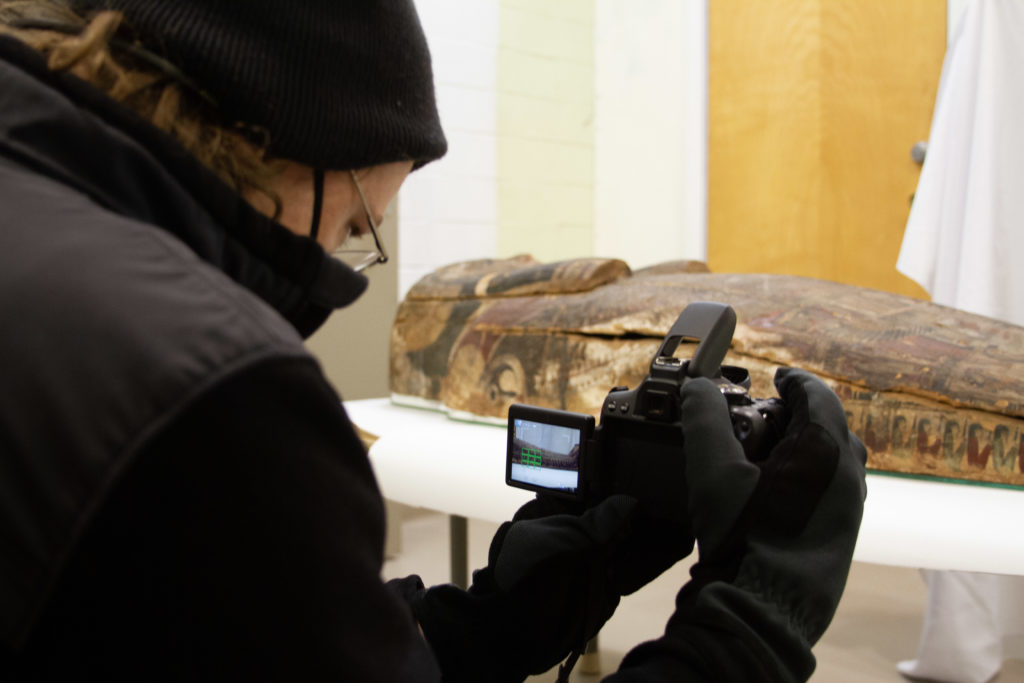
ODM, also known as OpenDroneMap, is a powerful tool for processing imagery into maps and 3D models, e.g. the Icelandic Field Studies program uses it as part of there multidisciplinary research group that collaborates with archeologists in Iceland to build open-source, open-hardware gear for near-Earth surveying. As one of its primary project recently funded by the National Geographic Society, the IFS group has been surveying several ancient Norse sites in Iceland to look for early settlement activity from subterranean features with tools like ODM.

The digitized 3D model of the sarcophagus can be viewed with MeshLab, and it encompasses an incredible amount of details. Viewers can take a close look at the paintings, textures, and even cracks on the sarcophagus. Furthermore, even after the sarcophagus decomposes past its preservation plan, we now have an accurate visual data of the artifact that future scholars can use to study and honor.
